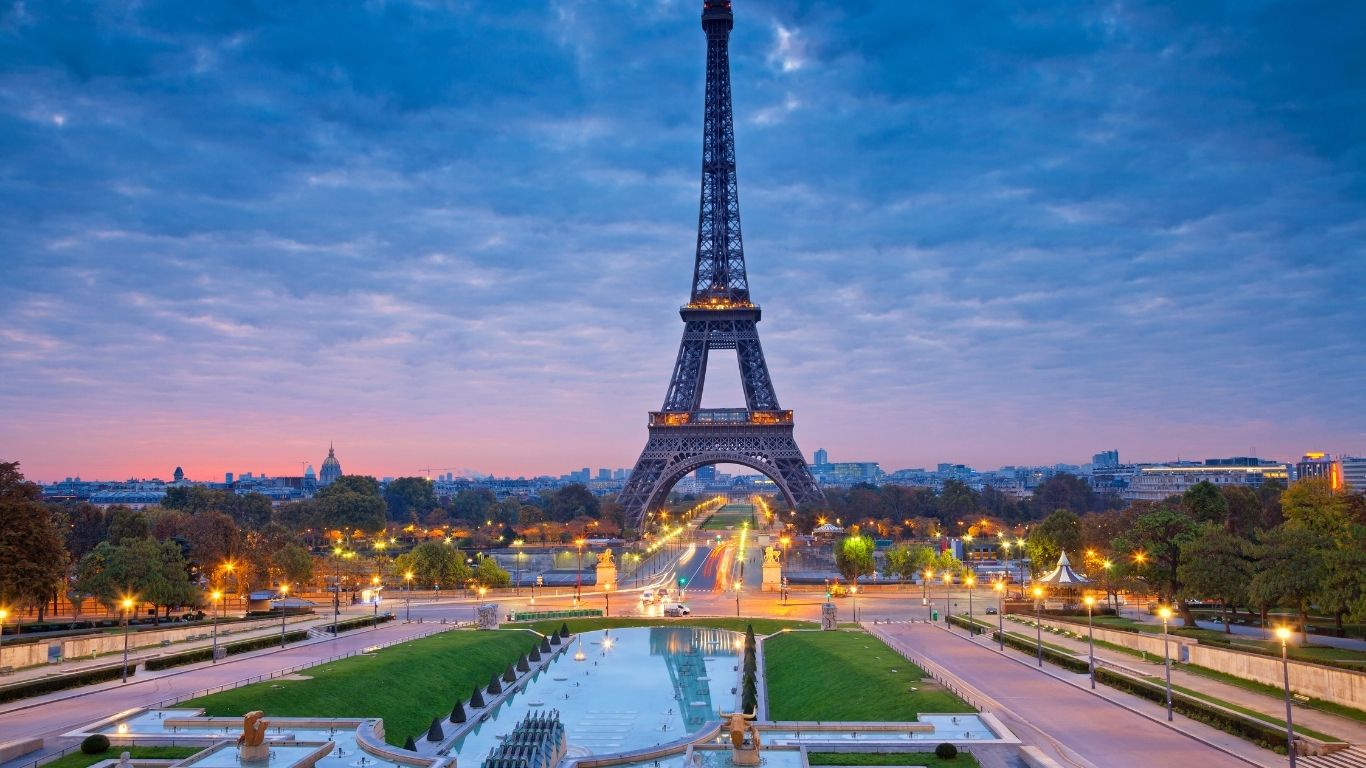
Where to Take the Best Photos in Paris? Our 10 Must-See Spots
Our 10 Must-See Spots for Picture-Perfect Memories
The capital of France, Paris, is a significant European metropolis and a hub for fashion, art, food, and culture worldwide. Paris is renowned for its architectural landmarks and museums. It has a ton of beautiful locations! Although it is difficult to pick just ten, we have compiled a list of our top ten locations for stunning photos while you're there.
We're sharing our top picks for breathtaking photo spots in Paris in this guide. In order to avoid crowds and capture the ideal light, we also advise you on the best time and method to visit each location.
Let's take a tour of the city's most picturesque locations, ideal for making memories along the way.
1. Eiffel Tower
Since then, the Eiffel Tower has grown to become one of the most recognizable buildings in the world and a global cultural symbol of France. Named for the engineer Gustave Eiffel, whose firm planned and constructed the wrought-iron lattice tower on Paris' Champ de Mars between 1887 and 1889. A significant number of people visited the skyscraper. The world's most visited landmark that charges admission is the Eiffel Tower. It was included in the UNESCO World Heritage List in 1991 after being deemed a monument historique in 1964.
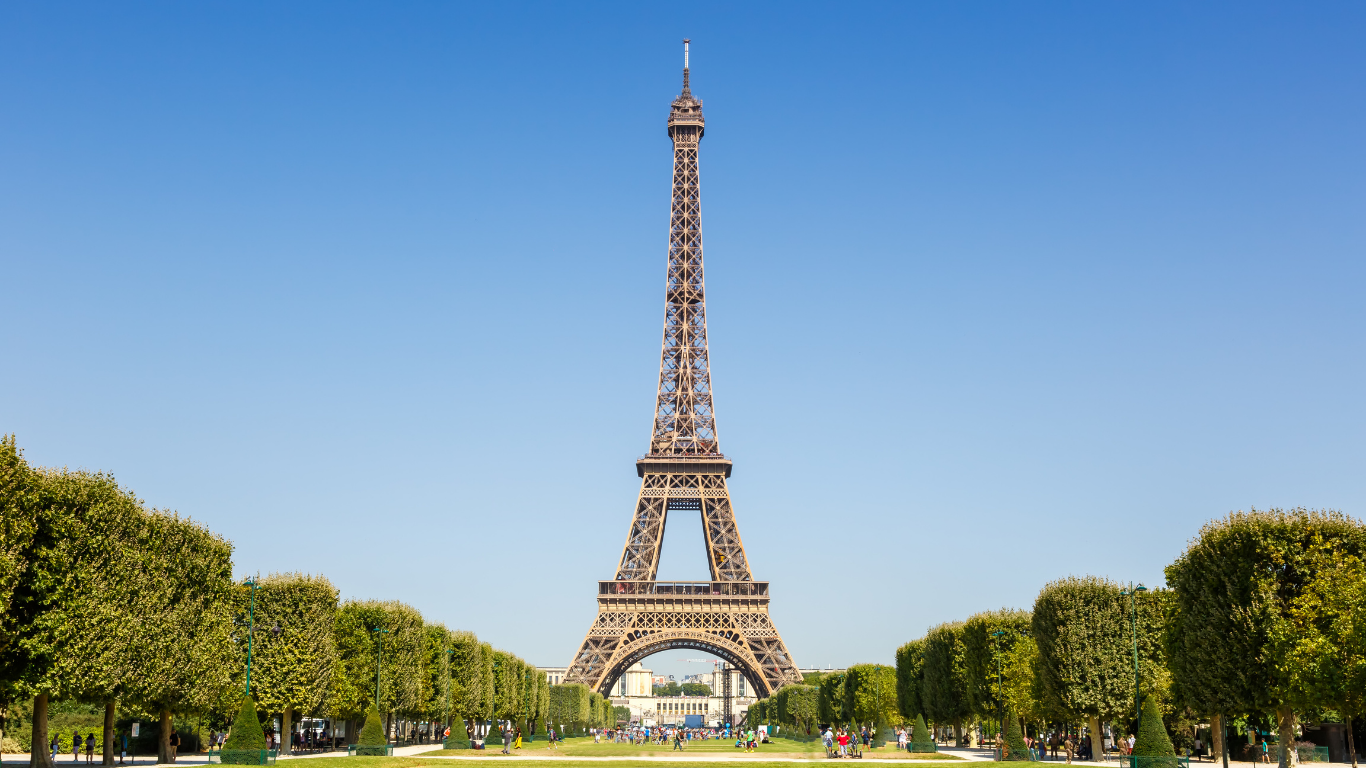
- Why is it exotic? 🤔
It’s the symbol of Paris with a stunning iron design and glowing lights at night. - Best time to visit 📅
Sunset or just after dark, when it sparkles every hour. - Photography tip 📷
Shoot from Trocadéro for wide shots or under the tower for dramatic angles.
2. Louvre Pyramid
The Chinese-American architect created the vast glass-and-metal entrance and skylight known as the Louvre Pyramid. Three lesser pyramids encircle the pyramid, which is located in the Louvre Palace's main courtyard. The massive pyramid that acts as the Louvre Museum's primary entrance lets light into the underground visitors' hall and gives guests inside the hall a view of the palace as well as access passages to the other palace wings. It was finished in 1989 as a component of the larger Grand Louvre project and is now a Paris landmark.
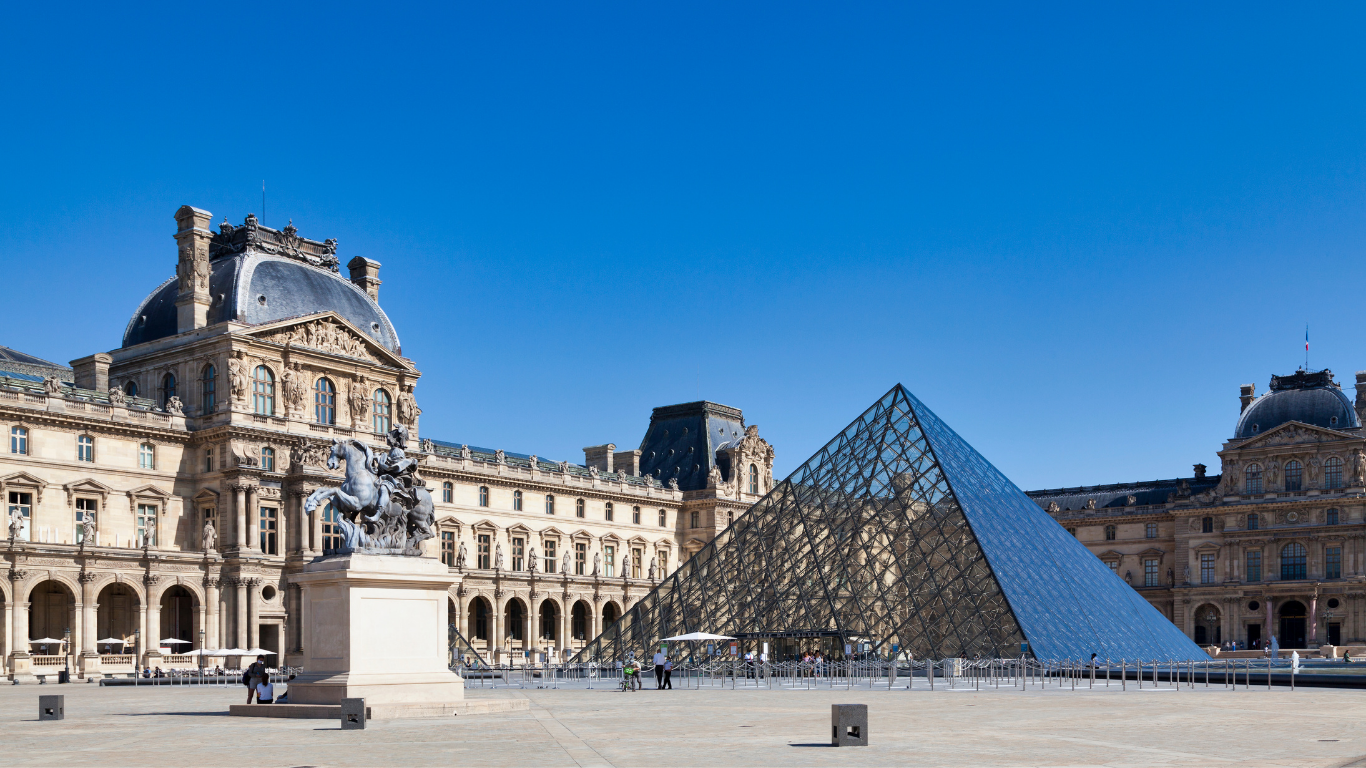
- Why is it exotic? 🤔
A modern glass pyramid in front of a royal palace—it’s art meets architecture. - Best time to visit 📅
Early morning, before crowds arrive. - Photography tip 📷
Capture reflections in the water pools for symmetry.
3. Montmartre & Sacré-Cœur
After the Eiffel Tower, it is the capital's second most visited tourist attraction. Dedicated to the Sacred Heart of Jesus, the Basilica of Sacré Coeur de Montmartre is a Parisian Catholic church and minor basilica. In 2022, the National Commission of Patrimony and Architecture legally recognized it as a national historic monument. The Sacré-Cœur Basilica is situated atop Montmartre's butte. Perched two hundred meters above the Seine, the basilica's dome provides a panoramic view of Paris and its surrounding areas.

- Why is it exotic? 🤔
A hilltop church with views over Paris and charming artists’ streets below. - Best time to visit 📅
Morning for soft light and quieter scenes. - Photography tip 📷
Frame the domes through the trees or street lamps for depth.
4. Cathédrale Notre-Dame
Dedicated to the Virgin Mary, Notre-Dame Cathedral is one of the most recognizable structures in Paris. Situated on the Île de la Cité, it is a Catholic place of worship and the seat of the Archdiocese of Paris. The transept has two of Europe's largest rose windows, one on each of its arms. The cathedral is connected to numerous events in French history. The cathedral has served as an inspiration for many pieces of art. As a result, the structure—which is also a tiny basilica—is the most visited landmark in Europe and, until 2019, among the most visited worldwide. It has also raised concerns about how to control the number of visitors.
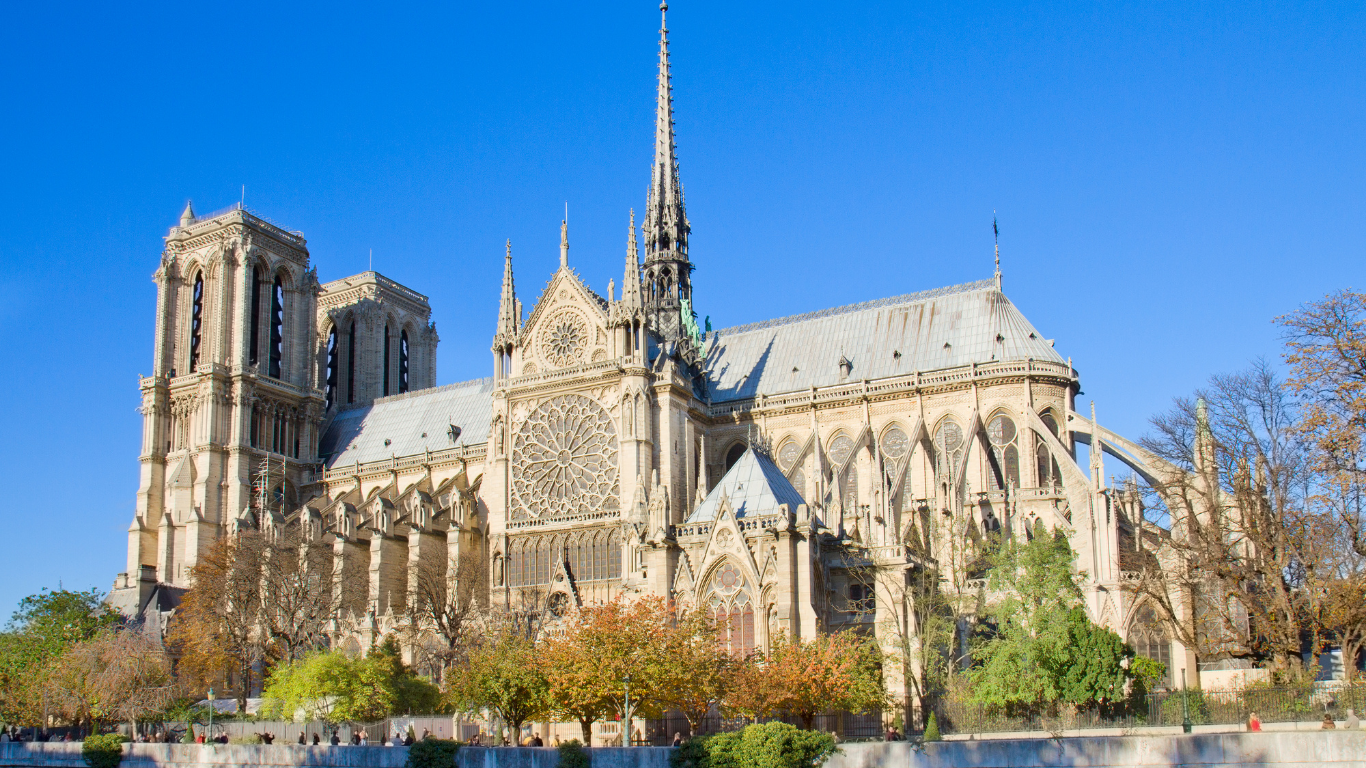
- Why is it exotic? 🤔
Its Gothic design, stained glass, and riverside setting are iconic. - Best time to visit 📅
Late afternoon, when the sun hits the western facade. - Photography tip 📷
Shoot from across the river for a peaceful, full view.
5. Pont Alexandre III
A deck arch bridge that crosses the Seine in Paris is called the Pont Alexandre III. It links the Eiffel Tower and Invalides quarters with the Champs-Élysées quarter. Many people consider the bridge to be the city's most elaborate and ostentatious bridge. Since 1975, it has been recognized as a French monument historique. The bridge's construction, which consists of a single-span steel arch six meters high, is a wonder of 19th-century engineering. The requirement that the bridge not block the vista of the Champs-Élysées or the Invalides limited the design.
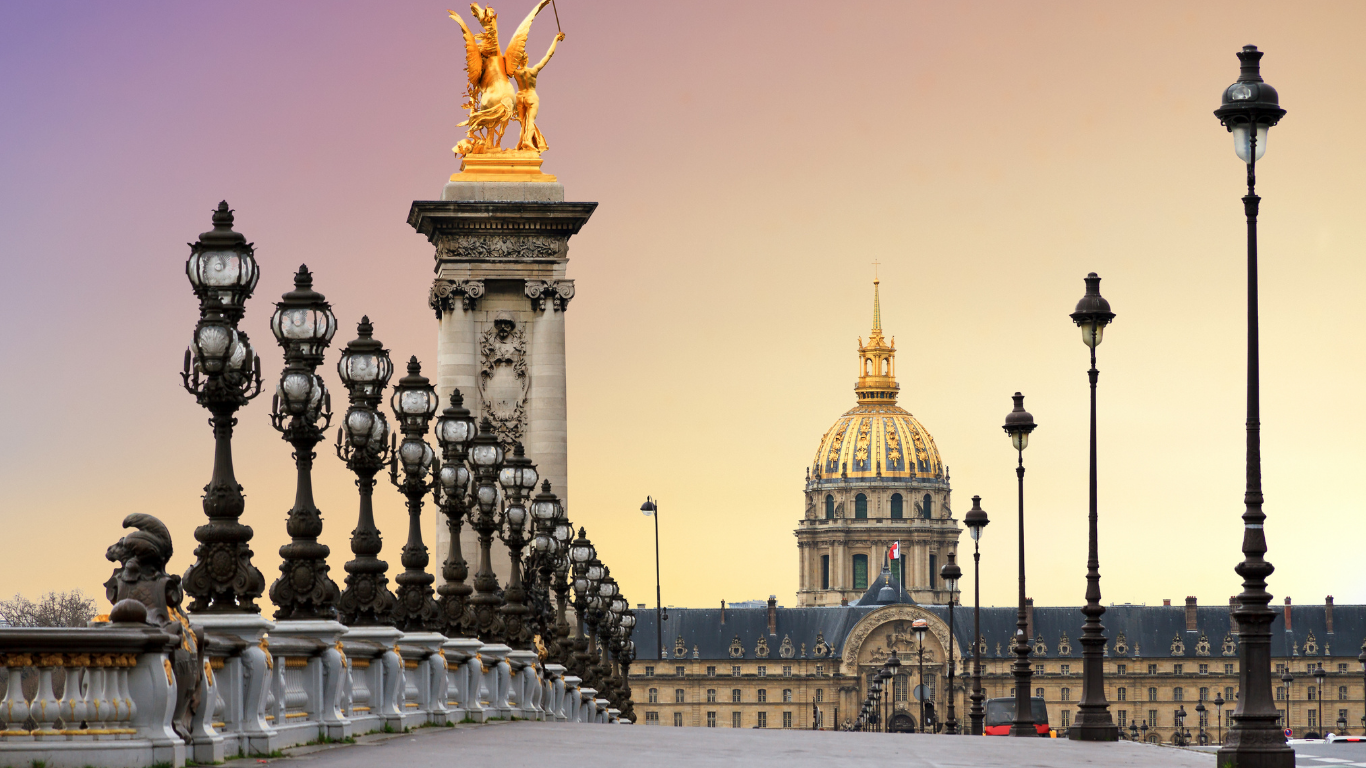
- Why is it exotic? 🤔
Elegant golden statues and sweeping views of the Seine. - Best time to visit 📅
Sunset for glowing skies over the bridge. - Photography tip 📷
Capture both the bridge and the Eiffel Tower in one frame.
6. Jardin du Luxembourg
Paris's sixth arrondissement is home to the Jardin du Luxembourg. When Marie de' Medici, the widow of King Henry IV, built the Luxembourg Palace as her new home in 1612, the garden's development got underway. Today, the French Senate, which convenes in the palace, owns the park. Covering 23 hectares, it is well-known for its flowerbeds, tennis courts, lawns, promenades lined with trees, model ships on its octagonal Grand Bassin, and the charming Medici Fountain, which was constructed in 1620. Mons Lucotitius, the Latin name for the hill on which the park is situated, is the source of the name Luxembourg.

- Why is it exotic? 🤔
A classic Parisian garden with statues, fountains, and flowers. - Best time to visit 📅
Mid-morning for soft light and people-watching. - Photography tip 📷
Focus on the central fountain and palace as a backdrop.
7. Palais-Royal & its Columns
In the 1st arrondissement of Paris, on Rue Saint-Honoré, stands the Palais-Royal, a historic French royal palace. Opposite the Louvre, facing the Place du Palais-Royal, is the covered entrance court. Architect Jacques Lemercier constructed it for Cardinal Richelieu between 1633 and 1639, when it was known as the Palais-Cardinal. The Conseil d'État, the Constitutional Council, and the Ministry of Culture are currently housed in the Palais-Royal. The Palais-Royal Garden in the center is a public park with businesses in its arcade.
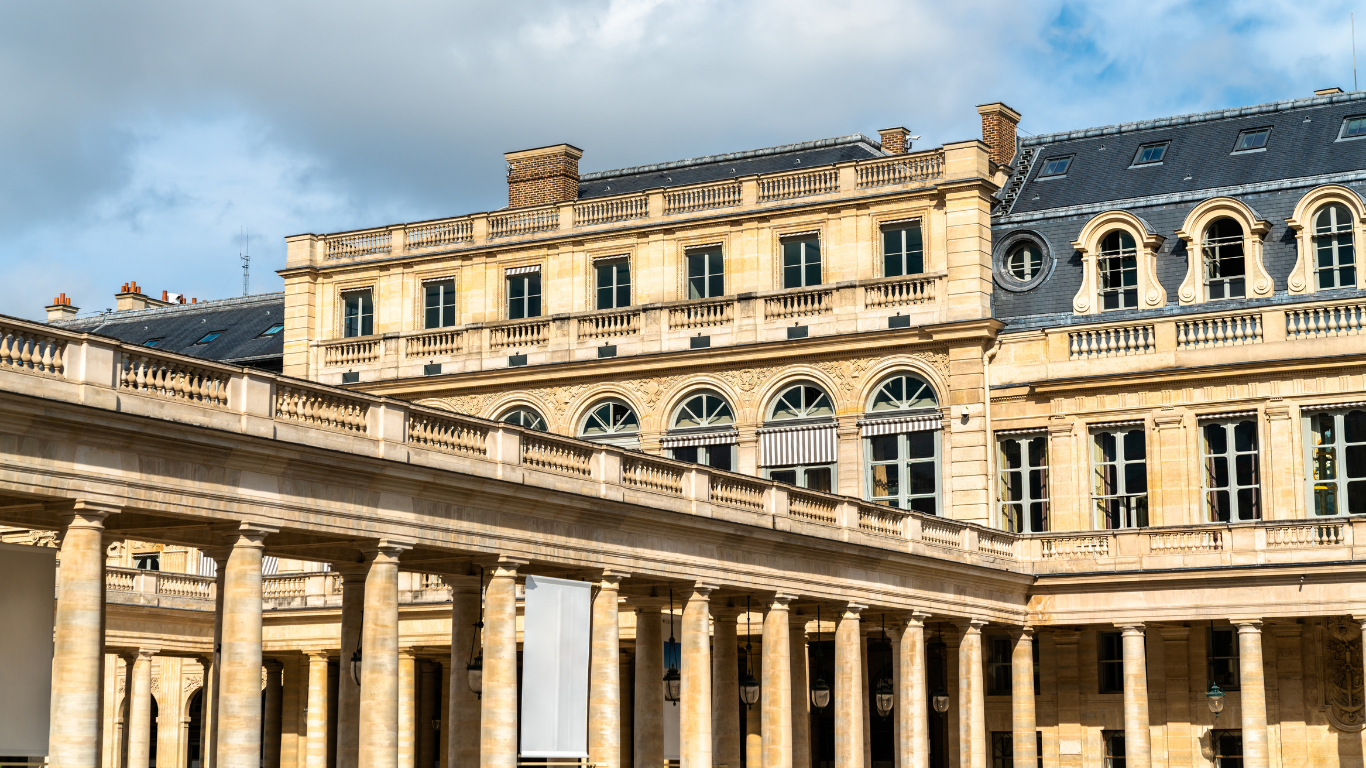
- Why is it exotic? 🤔
Modern black-and-white columns in a quiet, historic courtyard. - Best time to visit 📅
Early morning, when it’s empty. - Photography tip 📷
Shoot from low angles to play with patterns and depth.
8. Le Marais District
Located on the Rive Droite, or Right Bank, of the Seine, the Marais is a historic neighborhood in Paris that spans portions of the third and fourth arrondissements. Numerous buildings of historic and architectural significance can be seen in this area, which was formerly an aristocratic neighborhood. After a lengthy period of deterioration, the neighborhood has recently changed and is once again regarded as one of Paris's more affluent neighborhoods, renowned for its museums, fine dining establishments, and art galleries.
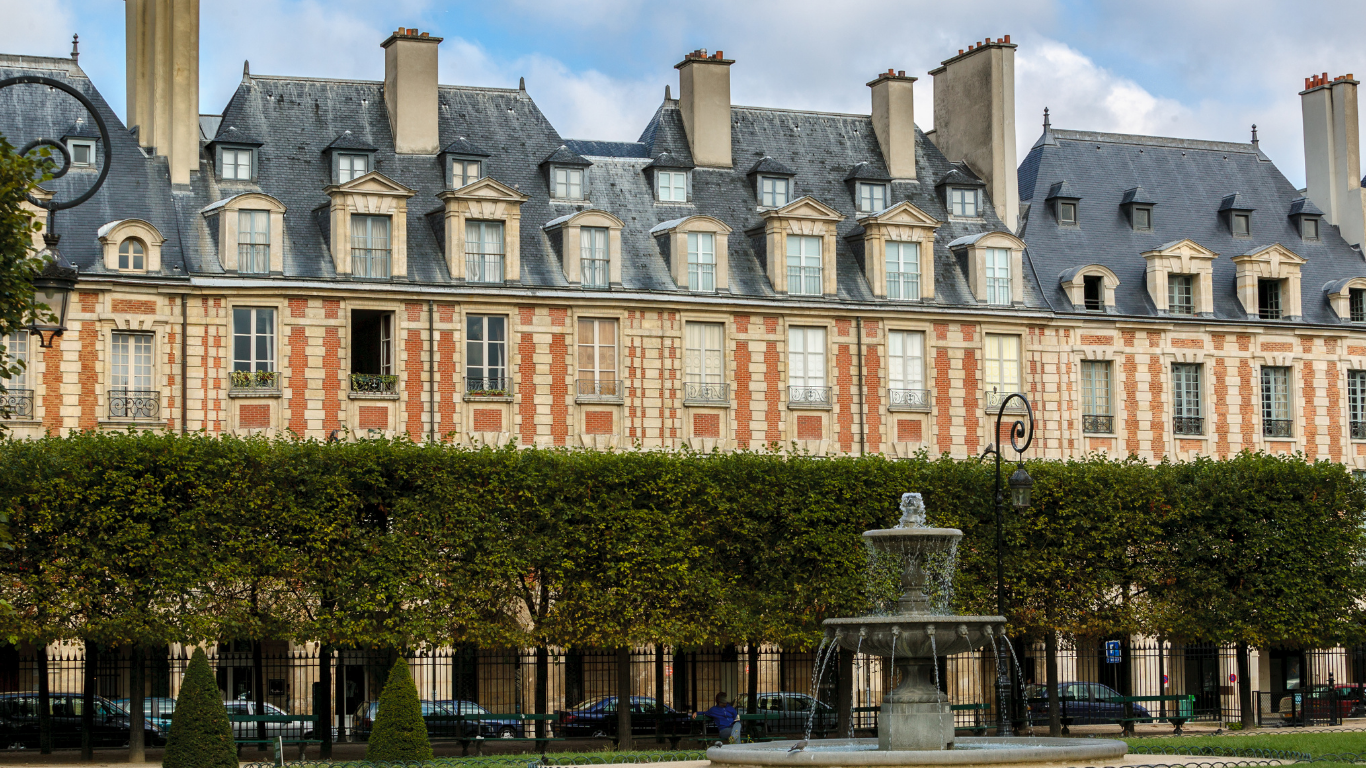
- Why is it exotic? 🤔
Narrow streets, vintage boutiques, and cafés. - Best time to visit 📅
Afternoon for golden tones and lively vibes. - Photography tip 📷
Look for details—storefronts, pastries, and locals passing by.
9. Musée d’Orsay
Musée d’Orsay is among Europe's biggest museums of art, located on the Left Bank of the Seine in Paris. Housed in the old Gare d'Orsay, a Beaux-Arts train station constructed between 1898 and 1900, it features photographs, furniture, sculptures, and paintings. It is home to the world's greatest collection of Impressionist and post-Impressionist works. The number of visitors to the museum increased from 1.4 million in 2021 to 3.2 million in 2022. It was the second most visited art museum in France, behind the Louvre, and the sixth most visited museum worldwide.
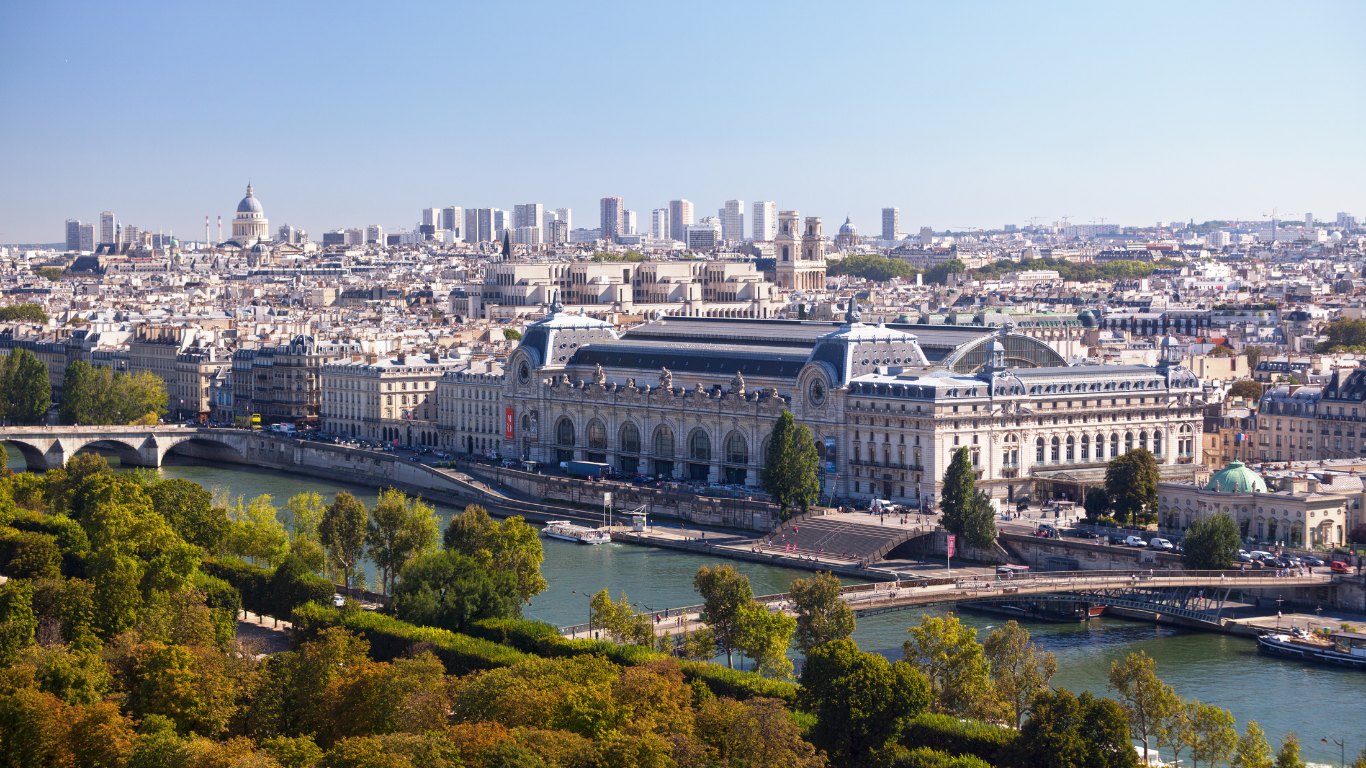
- Why is it exotic? 🤔
A train station turned into an art museum, with a giant clock window. - Best time to visit 📅
Late morning for light through the clock. - Photography tip 📷
Shoot silhouettes in front of the clock for drama.
10. Seine Riverbanks & Booksellers
The Bouquinistes of Paris are booksellers of rare vintage postcards and used and antiquarian books who operate along a significant portion of the Seine's banks: from the Quai de la Tournelle to Quai Voltaire on the left, and from the Pont Marie to the Quai du Louvre on the right. Thus, "the only river in the world that runs between two bookshelves" is how the Seine is characterized. Both banks provide a unique taste of Parisian life and are recognized as UNESCO World Heritage Sites.

- Why is it exotic? 🤔
Peaceful walks, historic bridges, and vintage book stalls. - Best time to visit 📅
Golden hour for warm light and reflections. - Photography tip 📷
Frame the stalls or bridges with the river in view.
Final Thoughts
These are the top photography spots you won't want to miss in Paris. However, there is much more to see and enjoy, as the city offers endless photo opportunities. Take a walk and explore more, and make both your day and your photos amazing. Hopefully, this guide will help you capture your best moments in Paris.
Ready to explore?
Don’t forget to bring extra storage, as you’ll be taking a lot of photos.
Check Out Our Blog
.jpg)
Where to Take the Best Photos in Baku? Our 10 Must-See Spots

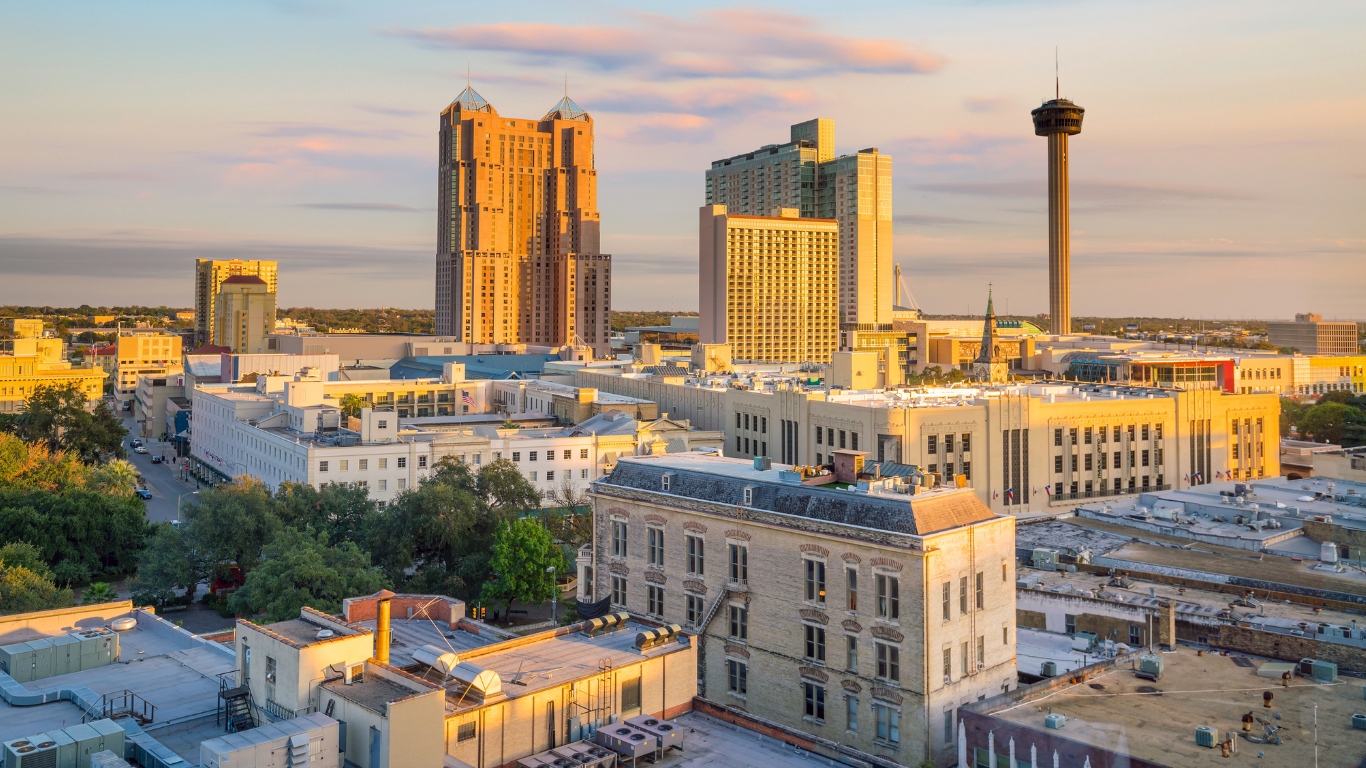
Where to Take the Best Photos in San Antonio? Our 10 Must-See Spots

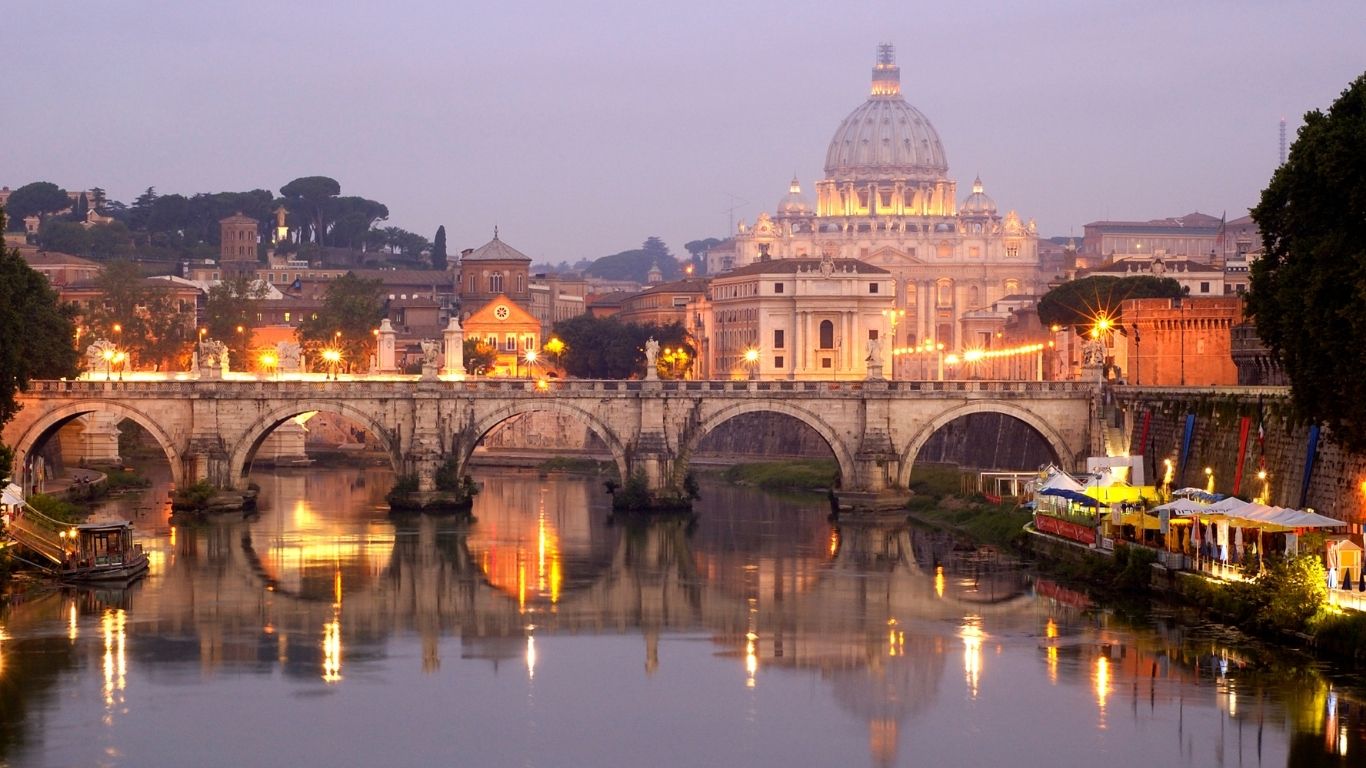
Where to Take the Best Photos in Rome? Our 10 Must-See Spots







